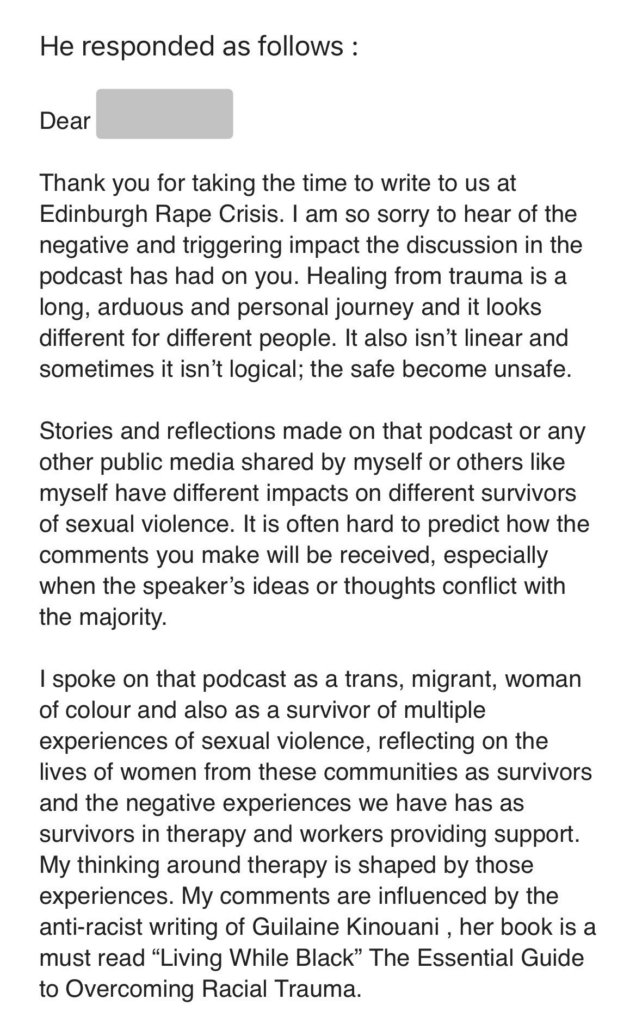Originally a comment by Your Name’s not Bruce? on The obvious answer never occurs to them.
The Earth could theoretically support a much larger population, but why?
That’s really questionable. That depends on (1) how long we want the population to survive and (2) what sort of quality of life they would have.
A lot of people think if there is land that is not holding people, we can put people there. Unfortunately, they’re wrong. Some of that land is already converted to human uses – farmland, rangeland, industrial land, government land, etc. Some of it can’t support human life. I’ve heard people say we could fill up the Grand Canyon with people. Really? Think again.
Some people seem to think that this is no more than a warehousing problem, that all we have to account for is the volume of space taken up by a human body and as long as we can account for that, the job’s done. It’s all well and good for Hamlet to claim to be a king of infinite space while bound in a nutshell, but Hamlet’s gotta eat. Among other things. The existence of every living human entails the sequestration of a minimum amount of water to drink, and cultivable land, air, and water to grow the food they need to eat (or for infants, food to support its lactating mother at least). At the other end of this process is waste disposal. Add to this the requirements of clothing and shelter, and you need more space and stuff. The global supply chains and production and delivery infrastructure is another stratum of material and energetic needs. And all of this rests on the fundamental planetary systems of physics, chemistry, and biology, geology, climate and biosphere the origins and evolution of which we played no part in, but over which we now hold the power of destruction. To put it in the simplest terms, the more humans there are), the less there is of everything else. It’s a zero sum game. More humans? More cropland. More cropland, less non-human biodiversity. Ultimately the continued existence of humanity is entirely dependent on the continued existence of a base level of everything else. Pushing beyond that level is a Bad Idea that will lead to inevitable disaster.
Our current civilization has arisen (and depends upon) a certain set of stable conditions, primarily those climatic conditions required to grow the food that feeds our numbers. We’ve done a remarkable job (so far) of dodging the Malthusian bullet, but remove that climatic stability (as we’re also currently doing a good job of) , turn agricultural zones into chaotic, continent-sized roulette wheels, and all bets are off. Without reliability, this year’s field turns into next year’s desert, and your growing zone shifts northwards into the Canadian Shield. There goes your food, here comes trouble.
Canada is mostly empty. Physically it’s enormous while in population it’s very small. There’s a reason for that.
Exactly. Try growing wheat on bare continental crust. Where’s your King of Infinite Space now.







